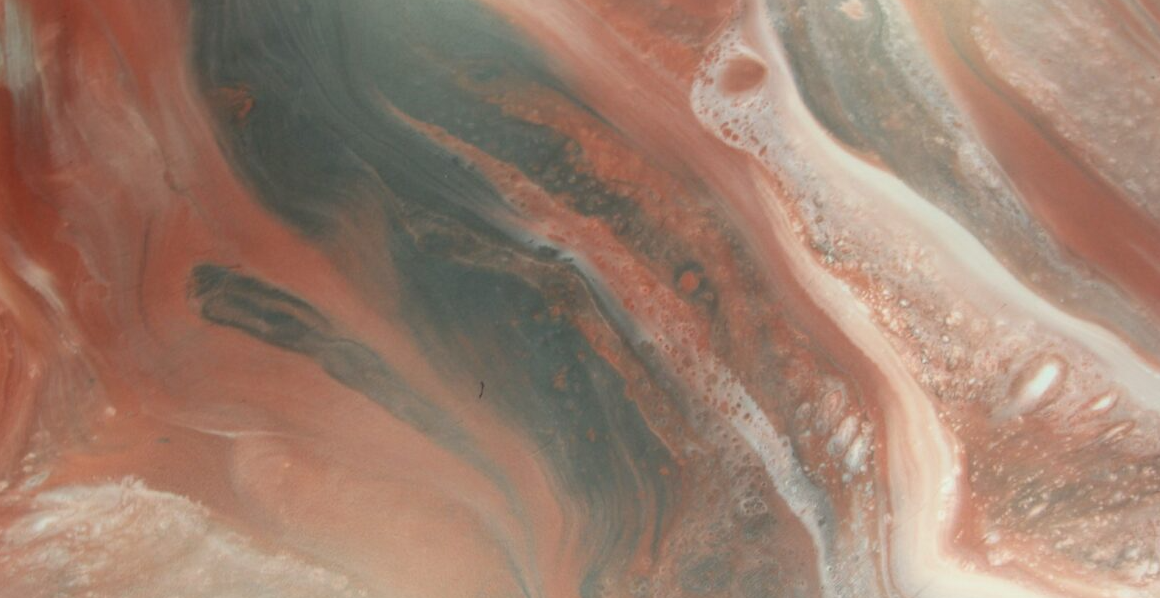Decorative Concrete
Ready to Get Started? Contact or Visit Us Today
Decorative concrete goes beyond mere functionality—it transforms concrete into an aesthetic enhancement. It serves as an integral part of structures while adding visual appeal to floors, walls, driveways, and patios. This material isn’t just hidden behind walls; it’s meant to be seen and appreciated.
Historical Origins
- Ancient Beginnings: Concrete, with its main ingredient being cement, has ancient origins. The Romans and Greeks used volcanic ash and lime mixed with water to create a hard mass over 2,000 years ago.
- First Concrete Street: In 1891, the United States witnessed the pouring of its first concrete street in Ohio. This marked the beginning of concrete’s journey beyond mere utilitarian purposes.
Birth of Decorative Concrete
- 1890–1920: During this period, concrete manufacturers started innovating building facades. Pre-cast builders experimented with colors and stains to enhance plain concrete surfaces.
- Colorful Creations: Some manufacturers mixed pigments directly into fresh concrete, while others immersed the entire casting in solutions akin to chemical stains.
- Pigment Blending: Concrete craftsmen developed recipes to blend pigments, creating various colors.
- L.M. Scofield: In 1915, Mason Scofield revolutionized decorative concrete by manufacturing color hardeners, color waxes, aggregate broadcasts, chemical stains, and sealers. His company, later known as L.M. Scofield, left an indelible mark on the industry.
- Celebrities Embrace It: Scofield’s colored concrete products gained popularity, even finding their way into the homes of celebrities like Groucho Marx, Mary Pickford, and Charlie Chaplin.
Stamped Patterns
- Versatility: Plain concrete could now mimic brick, slate, flagstone, wood, tiles, and more.
- Customization: Bowman patented tools and procedures, allowing people to customize stamped designs.
- Large-Scale Patterns: He experimented with larger-scale pattern production, using multiple blades and platform stamps.
Today’s Landscape
- Stamped Concrete: By the late twentieth century, the term “stamped concrete” primarily referred to decorative concrete produced using modern techniques. It graces patios, sidewalks, driveways, pool decks, and interior flooring.
- Endless Possibilities: Decorative concrete continues to evolve, offering endless possibilities for architects, designers, and homeowners.
- Innovations: From acid staining to intricate stamping patterns, today’s decorative concrete combines aesthetics with structural capabilities.
- Artistry: Whether creating expansive surfaces or intricate details, concrete captures the chosen look permanently.
In summary, decorative concrete has come a long way—from ancient Roman constructions to the vibrant, customizable surfaces we see today. Its journey reflects human creativity, innovation, and the desire to blend form with function.







